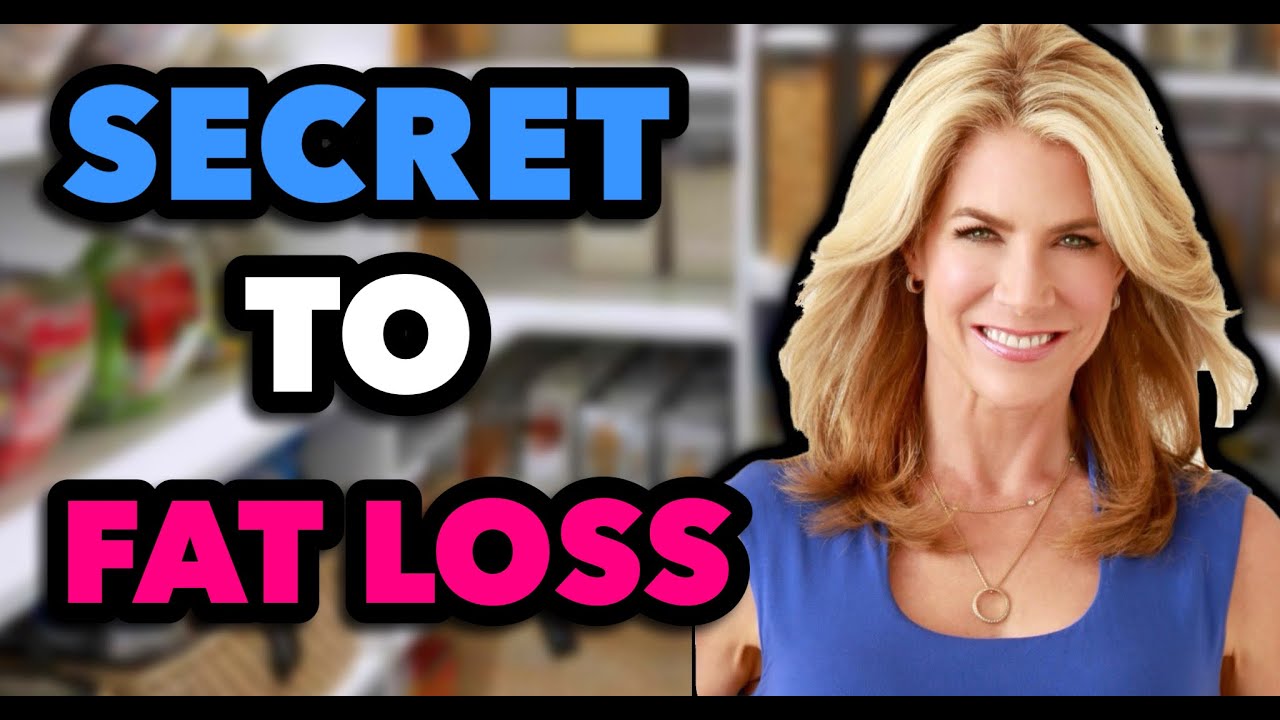For many of us, last year dialed up our already high-stress levels a few notches.
Stay-at-home orders, homeschooling, social distancing, fears about getting the virus, and watching loved ones worry were some of the many challenges that made 2020 such a monster of a year.
If you experienced more stress than normal, you weren’t alone. One poll found that nearly 8 out of 10 adults said the pandemic was a significant source of stress. I’ve long said that we are never better than when we’re challenged. Well, last year put that theory to the test!
Humans deal with stress in different ways. Comfort food is one of them. Reaching for a caramel fudge brownie might momentarily calm your stress. Unfortunately, that tiny fragment of bliss quickly rebounds… leaving you jittery, cranky, tired, and mentally foggy.
Underlying that massive crash are hormones. Sugar knocks those hormones out of balance, leaving you feeling terrible and locking the door on your fat cells.
How Sugar Surges Your Stress Levels
Let’s say you’re having a rough morning. You didn’t sleep well, a family member pushes your last button, and now you’re coasting on 3 cups of dark roast to get the morning moving.
You’re on a tense, early-morning Zoom call (why do they schedule those things at 9 a.m.!?). Out of nowhere, a coworker snaps at you in front of the whole group. You don’t say anything, but your stress levels leap another few notches.
An hour later, when you finally jump off the call, you’re highly caffeinated, irritated, with a throbbing headache. Suddenly, you remember that your daughter brought home caramel fudge brownies from a bake sale.
You promise yourself one.
That’s when the hormonal cascade begins. Immediately, when you eat that brownie, you get a hit of serotonin, a feel-good endorphin released when you eat sugar. That serotonin creates a blissful calm… for a short moment.
Sugar also activates dopamine, a neurotransmitter that plays a role in your brain’s reward system. Dopamine reinforces and rewards a particular behavior – in this case, the gooey mouth-feel of biting into a brownie – and makes it more likely that you’ll do it again.
Then there’s insulin, which jumps in to clean up the sugary mess. Insulin’s job is to pull your blood sugar back down. This hormone often overcompensates, however, and pulls down blood sugar too low.
As your blood sugar crashes about an hour later, you begin to feel mentally foggy. To power through the rest of your morning, you reach for a cup of coffee. Suddenly, you’re craving another brownie, and you get upset at yourself for not eating healthier.
All of those things – the Zoom call, that brownie, too much caffeine, beating yourself up for not eating better – raise your stress levels. As a result, your adrenals release more stress hormones like cortisol, which causes your blood sugar to increase, so insulin increases.
When you eat sugar, you also dial up chronic inflammation. That simmering, dangerous inflammation keeps your body from “hearing” cortisol. As cortisol levels rise, you’re storing fat around your waist and craving more brownies.
Increased cortisol alone can cause you to eat more. But cortisol also lowers serotonin levels, so you’re craving more sugar. Stress lowers dopamine, too. When you’re under stress, you crave sugar (to replenish serotonin) and overall calories (to rev up your dopamine). A blood sugar crash makes you tired, less resilient, and yet craving more of the food that caused that mess.
Beginning to see the vicious cycle here? Eating that brownie puts your hormones into a tailspin, creating a few moments of calm followed by metabolic havoc that leaves you tired, moody, stressed out, and yet oddly wanting another brownie.
Food First + 5 More Ways to Create Calm
Whatever stress relief you get from eating that brownie – or whatever your comfort food might be – is incredibly short-lived. Ultimately, you’re left wanting more of the same sugary food that created this havoc.
Food is the problem here… but it can also be the solution.
The best place to start managing stress levels is at the end of your fork. High-sugar impact foods skyrocket stress levels. Anti-inflammatory foods like wild-caught fish and non-starchy veggies lower stress and make you a better fat burner.
Learn more in this podcast about the best foods to manage stress levels
The good news is, you can learn to manage stress. Even if you were on a tropical deserted island, you would experience stress. You can’t escape it. A little bit of stress is part of being human, and (as many of us learned last year) can actually make you a more resilient person when you learn to manage it effectively.
Whatever your current situation, the stress response shouldn’t always be “on.” No matter what the outside conditions are, these 5 strategies can create an anti-stress foundation that helps you stay resilient to whatever happens.
1. Get great sleep. Tossing and turning makes you more prone to stress the following day… and more likely to reach for a high-sugar impact indulgence. Your stress hormone cortisol should be highest in the morning and gradually taper throughout the day. Studies show that sleep loss can elevate cortisol levels the next evening, when it should be lowest, further cutting into your sleep levels. Researchers found that even partial sleep deprivation – going to bed at 11 p.m. but waking up around 3:30 a.m. – can negatively impact the stress response, increasing the risk of metabolic and brain problems. Sleep hygiene is critical to ensure 7 – 9 hours of consistent, quality, uninterrupted sleep every night. Sleep Candy™ is my go-to to fall and stay asleep.
2. Burst to fight cravings and stress. People who use exercise as a coping mechanism for stress are more likely to employ other positive coping strategies, too. Here’s the thing: Long-duration endurance exercise – things like hour-long spin classes – can actually increase stress. Burst training–style exercise, on the other hand, helps your body handle stress faster. Best of all, you only need about 10 – 15 minutes to get an intense, full-body workout.
Learn more about burst training here
3. Try tapping. Literally tap away your stress! Emotional freedom technique (EFT), also called tapping, is a simple, effective practice that you can do anywhere. Among its many benefits, tapping regularly may create significant declines in the stress hormone cortisol. In this podcast, I talk to Nicolas Ortner, CEO of The Tapping Solution, to discuss how to use tapping to lower stress and anxiety.
4. Drink up! Even mild dehydration can raise cortisol levels. Remember what cortisol’s good at? Storing fat around your middle and breaking down muscle. That’s why I want you to keep a canteen filled with filtered water and sip throughout the day. Find out how much water you need here.
5. Find your GAM. If you want a surefire trifecta to melt stress, GAM is the key. This is my acronym for “gratitude, appreciation, and miracles.” Gratitude sets your day’s tone. First thing in the morning, I make a list of things that I’m grateful for. (You have a gratitude buddy who you text, if that keeps you on track.) Ending the day with gratitude, on the other hand, helps me define my wins and boosts my spirit. Even a text or phone call of appreciation can help lower stress levels and raise your overall mood. (Appreciation out, appreciation in!)
“What do you do about stress?” people sometimes ask me. In this podcast, I share more ways to de-stress… including my guilty pleasure that helps me escape.
Sometimes, even the most resilient of us need some support to manage stress levels. Magnesium Body Calm is my go-to supplement to get effective doses of this calming mineral that also helps fight cravings and supports deep, restorative sleep.






